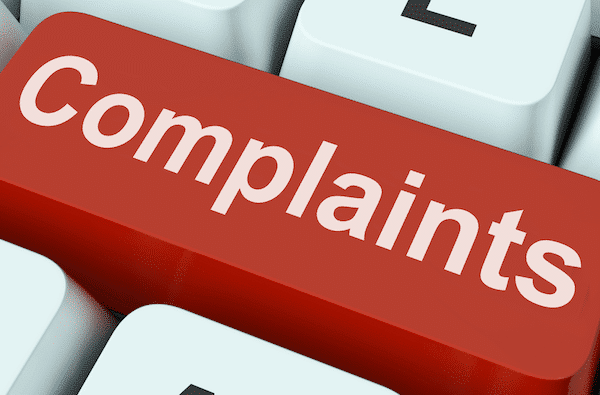All kinds of businesses are getting more familiarized with social media today. It’s not just big brands who have a Twitter and an Instagram anymore. Your local plumber might have one, and the library around the corner has probably integrated all of its accounts for better exposure. That’s because using social media well is one of the cheapest and simplest ways to get noticed, especially when your business is local and pulls its customers or clients from a small geographic location.
However, social media isn’t just fun and games, and you can’t put anyone with a pulse in charge of yours. It looks easy, but it’s still public relations and requires a media/social savvy person who understands a bit of human psychology and will not react to provocation, particularly when it comes to handling complaints. More and more these days, people are bypassing a call line and moving straight to social media to air their complaints. They know they’ll get a faster response from a real human being if they vent with an audience.
The bottom line is that if your business can be contacted directly on social media, any employees you have managing your accounts must:
Respect the power of social media – You may think that a stray tweet or a quick Facebook post means nothing. You’ve probably done these things on your personal accounts and gotten little to no response in the past. However, many individuals and companies have experienced firsthand what it feels to be on the receiving end of an internet mob. There are individuals out there who live to be outraged and others who actively seek out things to be offended by. They love to harness their online power to make a “social impact.” That’s why your business always must post or tweet with the idea that literally anyone could read or view it – now and in perpetuity. There is no past tense on the internet, and, sadly, there’s little forgiveness too.
Stop any confrontation from happening on social media – We’ve talked before about dealing with bad reviews online, but a bad review on Twitter or Facebook can quickly turn into a social event, getting far more notice than it would anywhere else because of the rubbernecking phenomenon. To quote what we said before:
“If the conversation with the customer cannot be quickly or easily resolved, take it offline – do not let a negative review escalate on Twitter or Facebook. Instead, encourage your customer to vent or share concerns, but privately via email or telephone. Make sure a staff member identifies himself to the customer online, tells him how he may directly communicate with him, then handle it in person or over the phone without an audience.”
Create a policy for how you want any social media interaction to be handled and put it in place for your employees. You may think a policy is unnecessary because so much of this is common sense, but policies are written so that mistakes will be fewer and to limit overreacting. Dealing with the public can be stressful. A policy is a tool to help manage that stress.
Much of the other advice about handling customer complaints repeats basic customer service etiquette. Be polite, be respectful, acknowledge mistakes if they’ve been made, and seek to make the customer happy. The key difference is that with social media, all of this happens potentially in public, so you have to put your best foot forward every time.
Using social media can be very rewarding for small businesses, but the same things that make it useful and effective also make it a potential weapon for customers to use against you. So be smart and careful with your social media accounts.
If you would like help with your social media or online marketing strategies, Corporate Conversions is available to discuss your needs and help strategize better ways to make the internet work for your business. Contact us today.


